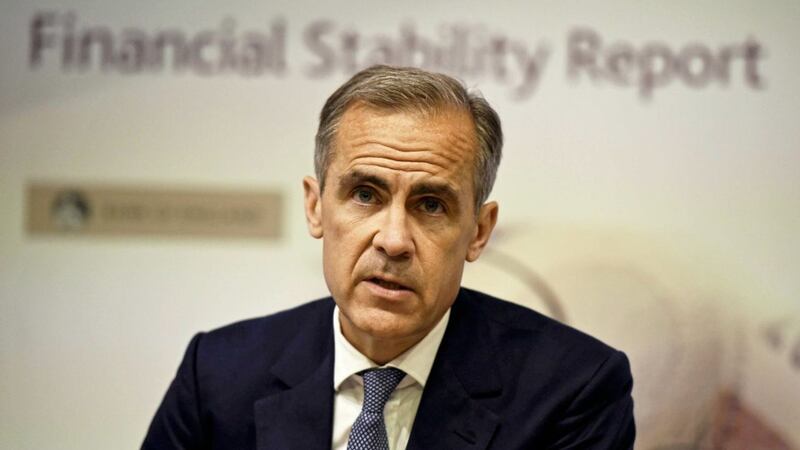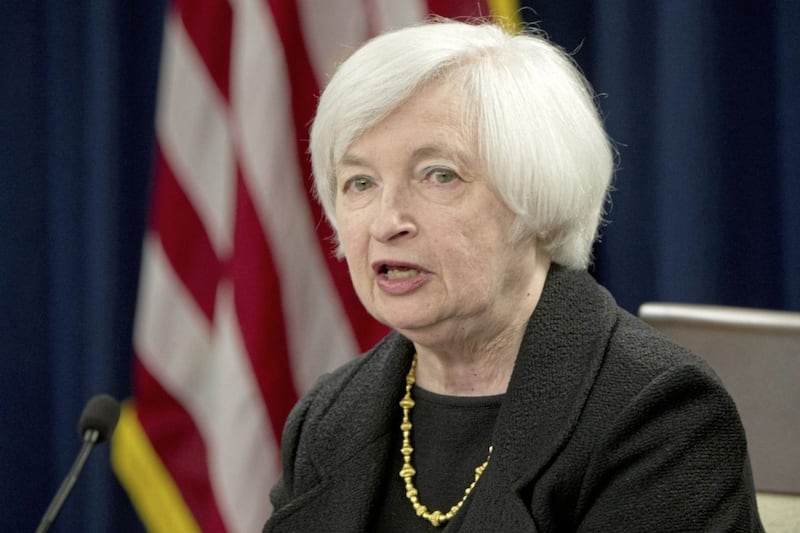The first month of the New Year has seen investor sentiment largely retain its positive tone from the end of 2016. Expectations of a pick-up in global growth this year (albeit, marginal in scale), the continued flow of positive macro news and the prospect of fiscal stimulus in the US under President Trump have helped to support risk appetite.
This is reflected in stock markets making further modest gains in January. Another key variable for markets to contemplate in 2017 is US monetary policy, specifically the extent of rate hikes. The Fed itself has indicated it may hike three times this year, bringing the fed funds rate up to 1.375 per cent.
The market is currently factoring in only two hikes in 2017. This week’s Fed meeting therefore will be closely followed, despite the fact that no changes in rates are expected, with the FOMC having only announced a 0. 25 per cent hike in December. Markets will be analysing the meeting statement for any indications as to when we could see the first Fed rate hike this year.
Solid US macro data of late will provide some encouragement to the Fed. Although, core-PCE inflation has remained in its 1.6 to 1.7 per cent range. Furthermore, President Trump has provided little further detail on his much touted fiscal policies since taking office. Thus, the Fed may not significantly alter its views on inflation just yet.
There will also be considerable interest in this week’s BoE meeting, the Bank's so-called ‘Super Thursday’, which includes the February inflation report and a press-conference from Governor Mark Carney, along with the usual policy decision and meeting minutes.
No changes in policy are expected. The UK economy has continued to perform better than the BoE had been expecting following the Brexit vote. Indeed, Governor Carney stated recently that “growth appears to have been materially better”. Thus, the BoE is likely to adopt a more positive outlook this week. The forecast for GDP growth for this year (currently 1.4 per cent) could be revised up again.
Meantime, inflation projections should continue to show that the BoE expects an overshoot of its 2 per cent target, peaking around 2.8 per cent in 2018, before returning to near 2 per cent in 2020.
However, the BoE is also likely to re-emphasise the downside risks facing the economy, including weaker sterling and higher inflation acting as headwinds to consumer spending, the main source of UK growth. Thus, the BoE will likely continue to keep its options open, reiterating that policy can respond “in either direction”. Governor Carney will likely face questions on the Bank’s asset purchase programme, which is expected to be completed in the spring.
Data-wise, a very busy schedule includes the key US release of the month, January non-farm payrolls. The January ISM indices will also be of interest this week. In the eurozone, fourth quarter GDP numbers expect to show that growth in the quarter has increased from 0.3 to 0.5 per cent, aided by improved consumer spending.
In the UK, the January PMIs are the main releases of note. The manufacturing and services indices rose to 30- and 17-month highs respectively in December, pointing to on-going impressive growth in the UK. They are anticipated to have softened slightly in the month, while remaining at very encouraging levels.







